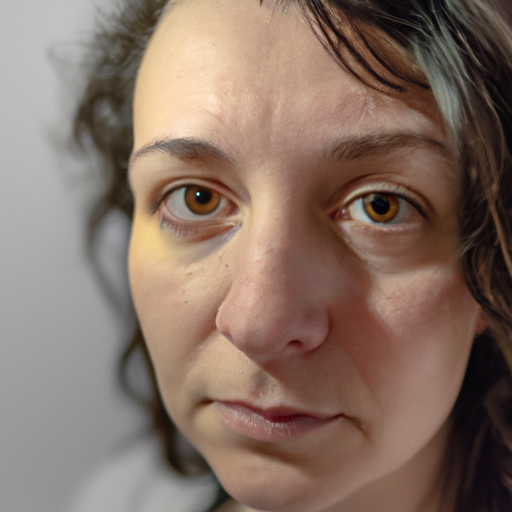Acne, a common skin condition that affects millions of people worldwide, is often associated with adolescence but can persist or even begin in adulthood. Despite its prevalence, effective treatment for acne remains elusive for many, with conventional therapies often proving insufficient or causing unwanted side effects. However, recent advancements in dermatological research have led to the development of innovative acne cures that promise clearer skin.
One such breakthrough is the use of light therapy for acne treatment. Light therapy, also known as phototherapy, involves exposing the skin to different wavelengths of light under controlled conditions. Blue light therapy, in particular, has shown promising results in treating acne. It works by killing Cutibacterium acnes, the bacteria that cause inflammation and other acne symptoms. This non-invasive procedure is generally safe and can be performed at home with a handheld device, making it a convenient option for many.
Another exciting development in acne treatment is the use of biologics. Biologics are drugs derived from living organisms that target specific parts of the immune system. A recent study published in the Journal of the American Academy of Dermatology found that biologics could effectively treat moderate to severe acne by targeting inflammatory pathways that contribute to acne development. While still in the early stages of research, this approach could revolutionize acne treatment by providing a targeted, effective solution with fewer side effects than traditional therapies.
Nanotechnology is another frontier being explored in the fight against acne. Nanoparticles can deliver active ingredients directly to the sebaceous glands, where acne starts. This targeted delivery system can increase the effectiveness of acne treatments and reduce side effects. For instance, researchers at the University of California, San Diego, have developed a ‘smart’ delivery system that releases acne medication when it detects an increase in sebum production, a key trigger for acne breakouts.
The gut-skin axis is another area of interest for researchers. The gut microbiome, the community of microorganisms living in our intestines, plays a crucial role in our overall health, including skin health. Recent studies suggest that an imbalance in the gut microbiome could contribute to acne. Probiotics, beneficial bacteria that help restore balance in the gut microbiome, could potentially help treat acne. While more research is needed, this approach could open up new avenues for acne treatment.
Lastly, personalized medicine is making its way into acne treatment. Genetic testing can identify individual genetic factors that contribute to acne, allowing dermatologists to tailor treatments to the individual’s unique genetic makeup. This personalized approach could lead to more effective, long-term solutions for acne sufferers.
In conclusion, while acne remains a common and often distressing condition, these innovative treatments offer hope for clearer, healthier skin. As research continues to advance, we can expect to see even more effective and personalized solutions for acne in the future. It’s an exciting time in the field of dermatology as we continue to unmask the secrets of clear skin.



